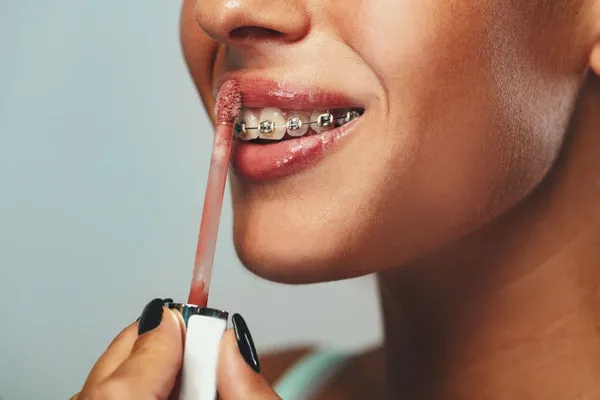The Truth About Teeth Whitening and Braces Stains
Braces, while essential for achieving a perfect smile, can sometimes leave behind unwelcome souvenirs in the form of stains. These stains, often appearing as white spots or discoloration around the brackets, can be a source of frustration for individuals who have invested time and effort in orthodontic treatment. Understanding the relationship between teeth whitening and these stubborn stains is crucial for anyone looking to restore their pearly whites to their former glory. This article dives deep into the intricacies of teeth whitening and braces stains, offering insights into their causes, effective treatments, and best practices for achieving a brighter, healthier smile.
What Causes Braces Stains
Braces stains, technically known as decalcification or white spot lesions, are primarily caused by the accumulation of plaque and tartar around the brackets. When oral hygiene is compromised, these substances erode the enamel, leading to a loss of minerals and a resulting discoloration. The brackets and wires of braces create more surfaces for plaque to accumulate, and can make effective cleaning more challenging. Over time, if not properly addressed, these areas of decalcification become more prominent, leading to the appearance of white or light-colored spots on the teeth.
The Role of Plaque and Tartar
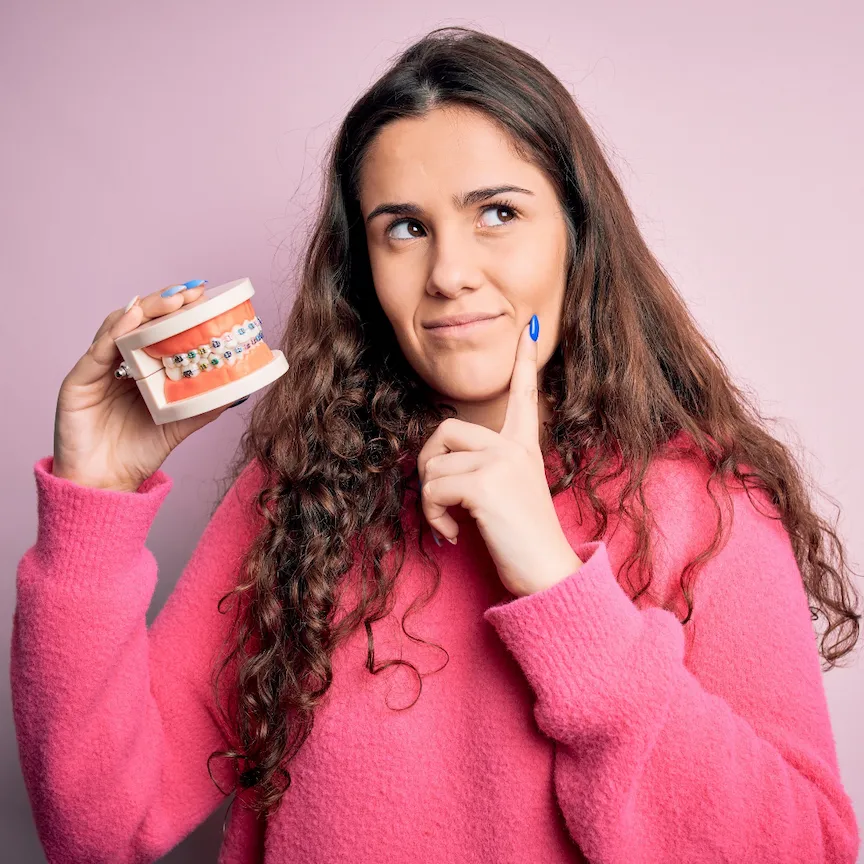
Plaque, a sticky film of bacteria, food particles, and saliva, is the primary culprit behind these stains. When plaque isn’t removed regularly through brushing and flossing, it hardens into tartar (calculus). Tartar, being porous, traps stains from food and drinks. Plaque and tartar both harbor acids that erode tooth enamel, leading to the formation of white spot lesions and subsequent discoloration. The presence of braces makes it difficult to thoroughly clean all tooth surfaces, increasing the likelihood of plaque and tartar buildup, and consequently, stain formation. Proper oral hygiene is essential to minimize the impact of plaque and tartar.
Dietary Habits and Staining
Dietary habits significantly influence the formation of braces stains. Consuming sugary and starchy foods feeds the bacteria in plaque, accelerating enamel erosion. Certain foods and beverages, such as coffee, tea, red wine, and dark-colored berries, contain pigments that can stain the teeth, exacerbating the issue of discoloration. Even with diligent brushing, these pigments can penetrate the weakened enamel, causing the white spots to become more noticeable. Being mindful of dietary choices and limiting the consumption of stain-causing foods can play a proactive role in preventing or reducing the severity of braces stains.
The Mechanics of Teeth Whitening
Teeth whitening works by using bleaching agents to break down stain molecules within the enamel. These agents, typically hydrogen peroxide or carbamide peroxide, penetrate the porous enamel and react with the stain molecules, oxidizing them and making them less visible. The effectiveness of teeth whitening depends on the type and concentration of the bleaching agent, the duration of the treatment, and the nature of the stains. Not all stains respond equally well to whitening; extrinsic stains (those on the surface) generally respond better than intrinsic stains (those within the tooth structure). The process can be done professionally or at home using various methods, each with its pros and cons.
How Whitening Agents Work
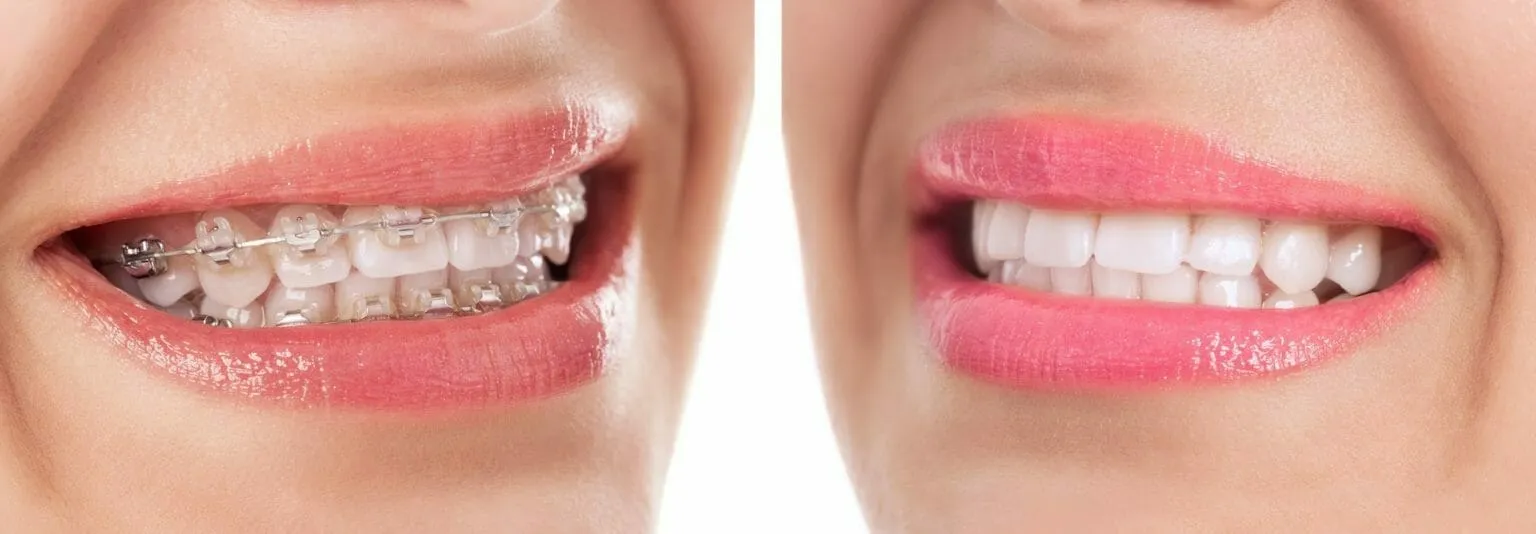
The primary active ingredients in teeth whitening products, hydrogen peroxide and carbamide peroxide, release oxygen molecules that penetrate the enamel. These oxygen molecules interact with the stain molecules, breaking them down through oxidation. As the stain molecules are broken apart, they reflect less light, making the teeth appear whiter. The concentration of the whitening agent, the duration of its contact with the teeth, and the presence of any enhancers all contribute to the effectiveness of the whitening process. Different methods, such as professional in-office treatments or at-home whitening kits, vary in terms of the concentration of the whitening agent used.
Different Types of Whitening Treatments
Several teeth whitening treatments are available, ranging from professional in-office procedures to over-the-counter products. In-office whitening typically uses a higher concentration of bleaching agents and can provide immediate results, supervised by a dental professional. At-home whitening kits, available from dentists or over the counter, include custom-fitted trays or strips with lower concentrations of bleaching agents. These methods require more time to achieve results but offer greater convenience. The choice of treatment depends on the severity of the stains, individual preferences, and the guidance of a dental professional, ensuring the best approach for a brighter smile.
Top 5 Facts About Teeth Whitening for Braces Stains
Fact 1 Whitening Can Improve Appearance
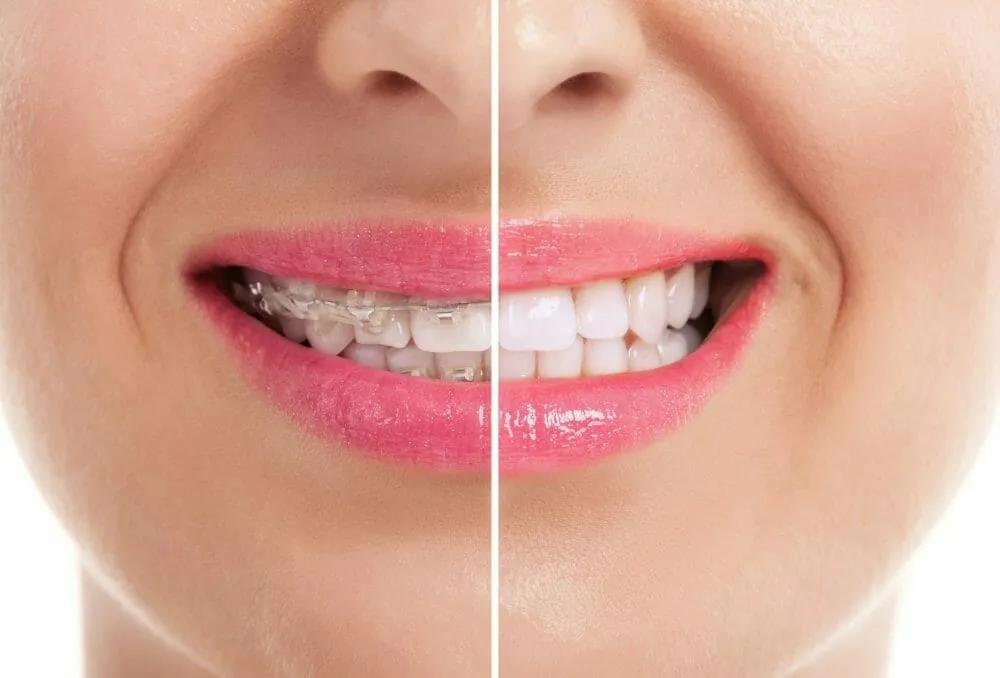
Teeth whitening can significantly improve the appearance of teeth affected by braces stains. While it might not completely eliminate all stains, it can often reduce their visibility and make the overall smile appear brighter and healthier. The bleaching agents used in whitening treatments help to lighten the discolored areas of the teeth, creating a more uniform and aesthetically pleasing appearance. This can boost confidence and improve self-esteem after completing orthodontic treatment, ensuring the patient feels great about their new smile. The success, however, will depend on the type and severity of the stains present.
Fact 2 Not all Stains Respond the Same
The effectiveness of teeth whitening varies depending on the type and severity of the stains. Extrinsic stains, those on the surface of the enamel, tend to respond well to whitening treatments. However, intrinsic stains, those within the tooth structure or caused by decalcification, can be more resistant. White spot lesions, a common type of braces stain, might lighten, but the underlying decalcification can remain visible. In some cases, other cosmetic treatments like microabrasion or veneers might be considered to address more severe or persistent staining.
Fact 3 Professional Whitening is Often Best
Professional teeth whitening, performed by a dentist, often yields the most effective and predictable results. Dentists can use higher concentrations of bleaching agents than those available in over-the-counter products, leading to faster and more dramatic whitening effects. They can also assess the patient’s oral health, identify the causes of the stains, and provide personalized recommendations. Professional treatments also minimize the risk of sensitivity and ensure the whitening process is carried out safely. Regular dental check-ups and cleanings will aid in a complete oral hygiene plan.
Fact 4 Maintenance is Key to Avoiding Stains
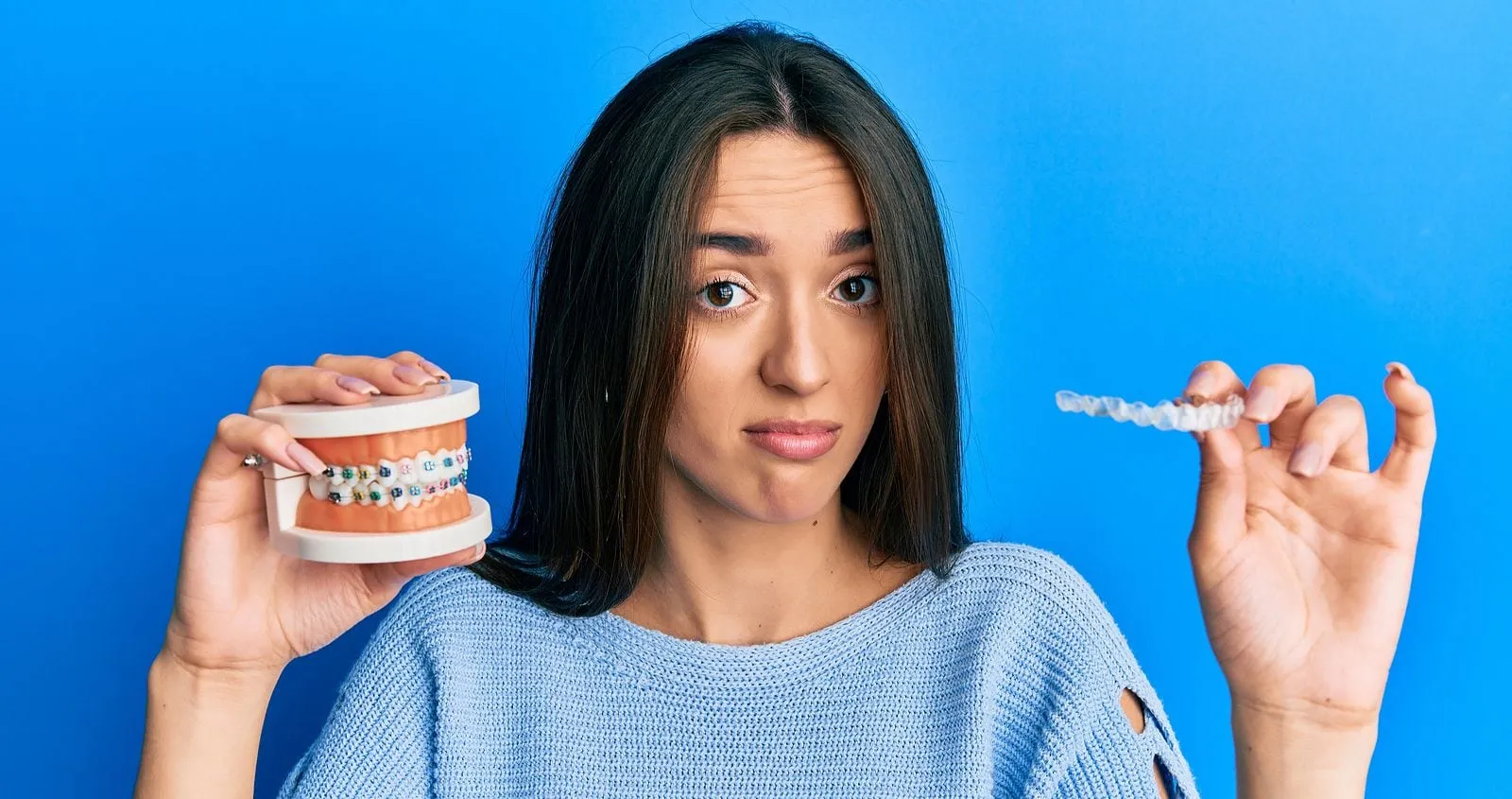
After teeth whitening, maintaining a bright smile requires consistent oral hygiene and lifestyle adjustments. Regular brushing and flossing, along with the use of a fluoride toothpaste, help prevent new stains from forming. Avoiding or limiting the consumption of stain-causing foods and drinks, such as coffee, tea, and red wine, is also important. Periodic touch-up whitening treatments, as recommended by a dentist, can help maintain the results over time. Proper maintenance is essential to protect the investment in teeth whitening.
Fact 5 Whitening Can Cause Sensitivity
A common side effect of teeth whitening is temporary tooth sensitivity. The bleaching agents used in whitening treatments can penetrate the enamel and reach the dentin, which contains nerve endings. This can cause sensitivity to hot and cold foods and drinks. The sensitivity usually subsides within a few days after the treatment is completed. Dentists can provide recommendations to minimize sensitivity, such as using desensitizing toothpaste or avoiding whitening treatments if a patient has existing sensitivity issues. It’s important to consult with a dentist before proceeding with any teeth whitening procedures.
Best Practices for Teeth Whitening After Braces
When to Start Whitening
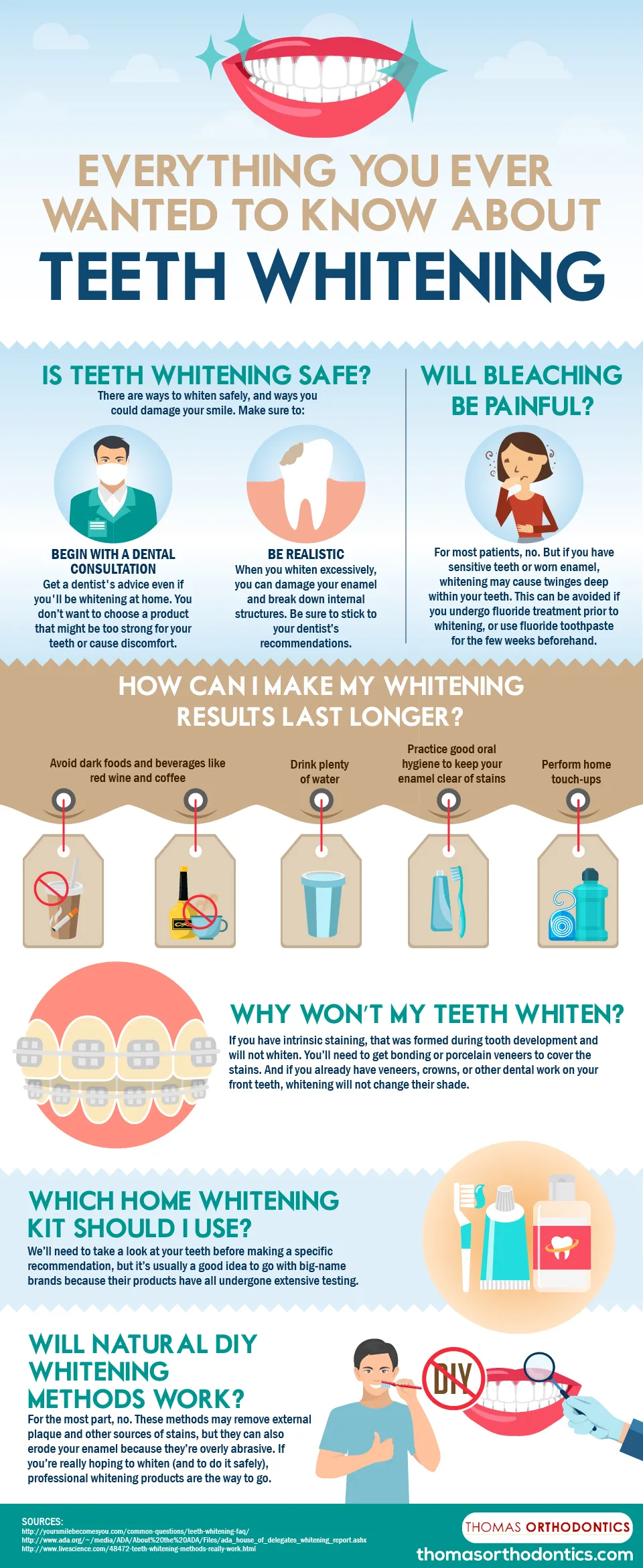
Ideally, teeth whitening should be done after the braces have been removed. This allows for even and uniform whitening of the entire tooth surface, including the areas that were previously covered by the brackets. If whitening is attempted while braces are still in place, the results can be uneven, with areas under the brackets remaining discolored. Before starting, consult a dentist to assess the current state of the teeth and any specific recommendations they might have based on the severity of the stains and your oral health.
Effective Whitening Methods
The most effective methods for teeth whitening after braces include professional in-office treatments and dentist-supervised at-home whitening kits. In-office whitening provides immediate and often dramatic results. At-home kits offer more convenience and allow for gradual whitening. Using these methods under the guidance of a dental professional ensures the best possible outcome while minimizing the risk of side effects like sensitivity. Choosing the right method depends on the severity of the stains, individual preferences, and the dentist’s recommendations.
Maintaining a Bright Smile
Maintaining a bright, white smile after braces and teeth whitening requires a consistent oral hygiene routine. This includes brushing twice daily with fluoride toothpaste, flossing once a day, and using mouthwash. Avoiding or limiting the consumption of stain-causing foods and beverages is crucial. Regular dental check-ups and professional cleanings will remove any new stains and ensure the overall health of the teeth and gums. Following these practices helps to prolong the results of teeth whitening and maintain a confident, radiant smile. Make sure to incorporate the tips into your daily routine.
